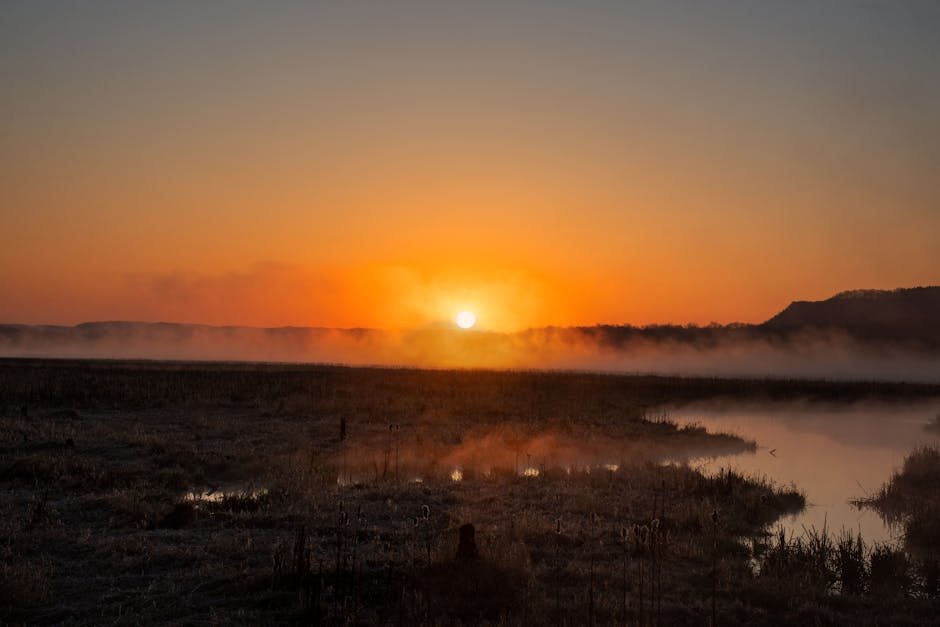Indianapolis Weather: A Comprehensive Guide to Temperatures Throughout the Year
Indianapolis, Indiana, experiences a humid continental climate, meaning it endures distinct seasons with significant temperature variations throughout the year. Understanding these temperature fluctuations is crucial for planning outdoor activities, dressing appropriately, and preparing for potential weather-related challenges. This comprehensive guide delves into Indianapolis’s temperature patterns, providing valuable insights for both residents and visitors.

Average Temperatures in Indianapolis
Indianapolis’s temperature profile showcases a significant contrast between summer and winter. Summers are hot and humid, while winters are cold and often snowy. Spring and fall offer transitional periods with fluctuating temperatures. The following table outlines the average monthly temperatures:
| Month | Average High (°F) | Average Low (°F) |
|---|---|---|
| January | 34 | 19 |
| February | 39 | 23 |
| March | 50 | 31 |
| April | 62 | 42 |
| May | 72 | 53 |
| June | 82 | 64 |
| July | 86 | 68 |
| August | 84 | 67 |
| September | 76 | 57 |
| October | 64 | 44 |
| November | 50 | 33 |
| December | 38 | 24 |
Note: These are average temperatures. Actual temperatures can vary significantly from year to year and even from day to day. Be sure to check a reliable weather forecast before heading outdoors.
Seasonal Temperature Details
Summer in Indianapolis (June-August)
Indianapolis summers are characterized by high humidity and temperatures frequently exceeding 90°F (32°C). Heat waves are not uncommon, requiring proper hydration and precautions to avoid heatstroke. Evening temperatures generally remain above 60°F (15°C), making outdoor activities pleasant in the early evenings.

Fall in Indianapolis (September-November)
Fall brings a welcome respite from the summer heat. Temperatures gradually decrease, providing crisp, cool days perfect for exploring the city’s parks and attending outdoor events. Expect colorful foliage and comfortable temperatures for hiking and other outdoor pursuits. However, be prepared for occasional early cold snaps.
Winter in Indianapolis (December-February)
Winters in Indianapolis are cold and often snowy. Temperatures regularly dip below freezing, and significant snowfall can disrupt travel. Ice storms can also pose a risk. Proper winter clothing, including warm coats, hats, gloves, and scarves, is essential. Driving conditions can become hazardous, so exercise caution.
Spring in Indianapolis (March-May)
Spring in Indianapolis is a season of transition. Temperatures gradually rise, although unpredictable weather patterns are common. Expect periods of sunshine and warmth interspersed with cooler days and occasional rain showers. It’s an ideal time for planting gardens and enjoying outdoor activities as the weather improves.
Extreme Temperatures in Indianapolis
While the average temperatures provide a good overview, it’s crucial to understand the potential for extreme temperatures. Indianapolis has experienced record highs well above 100°F (38°C) and record lows significantly below 0°F (-18°C). Being prepared for these extremes is essential for personal safety and well-being.
Impact of Temperature on Various Activities
Indianapolis’s varied temperatures affect various activities throughout the year. For example:
- Outdoor recreation: Hiking, biking, and other outdoor activities are best enjoyed during the spring, fall, and milder summer evenings.
- Sporting events: Attend Colts games bundled up in the fall and winter, or enjoy a comfortable outdoor concert in the summer.
- Gardening: Planting and gardening are typically done in the spring and summer months.
- Travel: Planning a trip to Indianapolis requires considering the prevailing temperature and packing accordingly.
Resources for Checking Indianapolis Temperatures
Several resources provide up-to-date weather information for Indianapolis:
- National Weather Service (NWS): The official source for accurate weather forecasts.
- Local news channels: Many local news channels offer detailed weather reports.
- Weather apps: Numerous weather apps for smartphones provide real-time updates and forecasts.
Conclusion
Understanding Indianapolis’s temperature patterns is key to enjoying the city throughout the year. By being prepared for the various weather conditions, residents and visitors can make the most of all that Indianapolis offers. Remember to check the forecast regularly and dress appropriately for the conditions.


